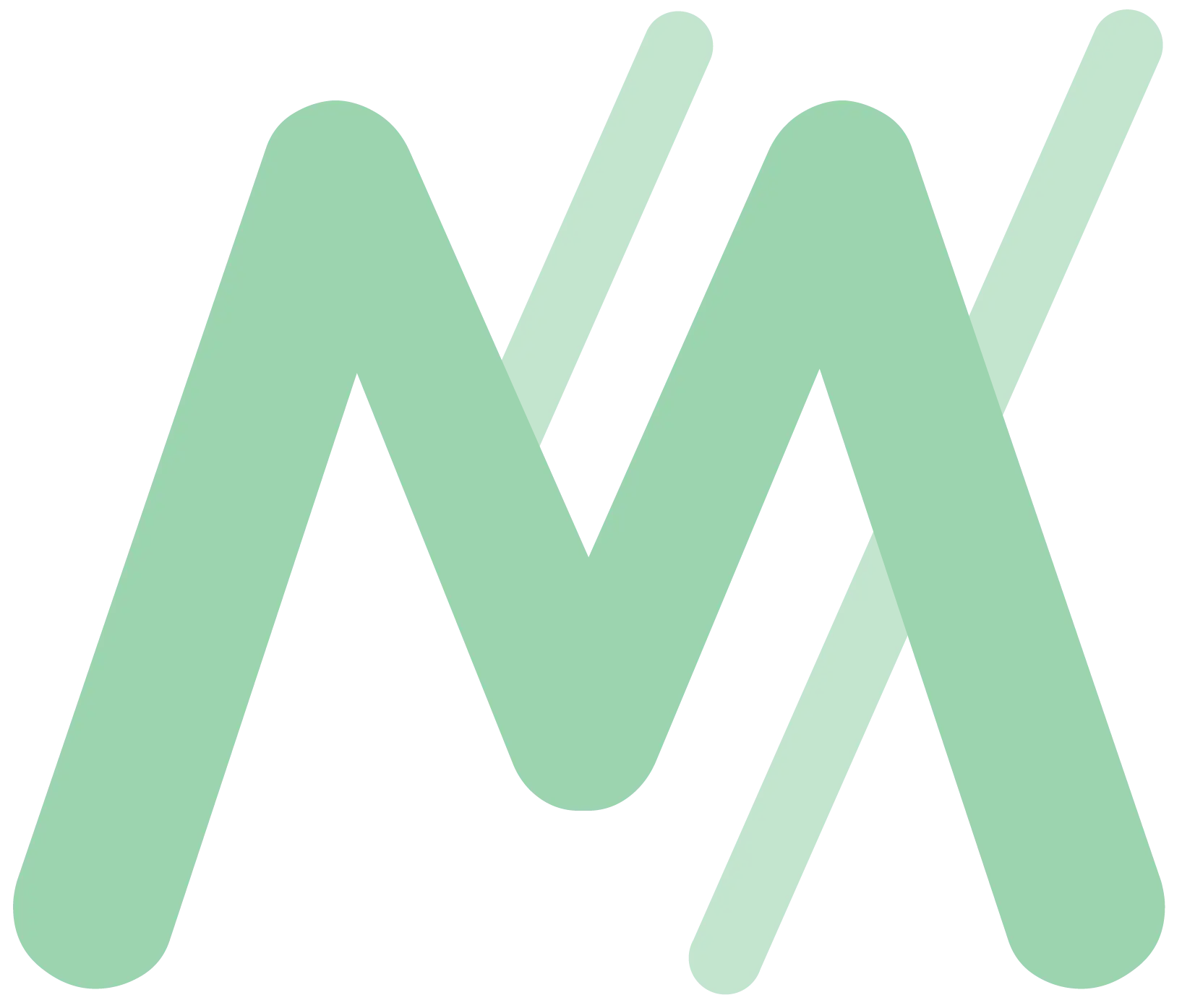In the previous blog post, we explained that by motivating your employees to learn new skills, you can prepare your company to continuously search for further optimization opportunities. This trains the entire company to continuously improve and develop from the bottom up. Digital transformation is essentially about optimizing processes with digital tools. You want to gather as much input as possible to put on a backlog of improvements. It’s no longer about courses that focus on a specific software solution; it’s about the skills to look at your work differently that make the difference. But how do you translate these somewhat vague concepts into a reality that employees can engage with every day? That’s what we’ll discuss in this blog post.
First and foremost, let’s address the need for customization. This cannot be applied to every role and certainly not to everyone. It depends entirely on the potential and current skills of the employee. If you truly want to develop personal digitalization skills, it must be tailored to the individual.
In the earlier blog post, we described the skills required in this new world. Some useful skills we mentioned were:
- Identifying the steps in your work
- Identifying common steps across different processes
- Identifying the information required at different steps and its source
- Finding the cause of data inconsistencies and making suggestions for improvements
But how do you go from a few topics to concrete progress? How do you ensure that the goal is tangible and contributes to the employee’s development?
From Dream to Concrete Objective
Having a clear action plan helps in this regard. I have seen the following action plan applied in various organizations in different forms. It motivates and often results in not just a yearly plan but plans for every few months. It may not be perfect from the start, but it’s easy to get started with.
Step 1: Start with the Future
To begin, you need to determine where the ambition lies. Start with dreaming! Let go of the current reality and think about the ideal situation. Is the goal to remain digitally skilled? Find the necessity for this ambition in that dream.
Step 2: What’s Different about Me in that Dream?
Once you have the dream in mind, what is different about yourself at that moment? Make sure you don’t focus on the contextual aspects. If you’re guiding someone, the challenge is to keep the focus on the employee themselves.
Step 3: Choose the Topic
From all the topics you want to improve or work on, my advice is to start with the one that will have the quickest impact. This will yield results faster and motivate further progress.
Step 4: How Do You Measure Success?
But how do you know when you’ve been successful? When do you notice or measure your success? Sometimes making it highly measurable works, while other times keeping it more narrative is better. Don’t let this stop you, but do document it.
Step 5: A SMART Goal
What objectives do I need to achieve to reach this outcome? Define these sub-goals as SMART goals, ensuring they can be achieved within a month (each). This will continue to motivate you. These goals should inspire, motivate, and make you feel successful!
Example 1: Sending Invoices
Let’s start with an example of an employee working in an invoicing department. In some organizations, this process is still heavily manual. If an employee in this department wants to reverse this and be able to share requirements with an IT department, they need to learn how to communicate this. Let’s take the first example: identifying the steps in your work. Many employees have been taught to perform their work in a task-driven manner, but to learn this, they need to look at their work differently. The first step is often to look at the tools. In this case, we can break it down into several lessons. The result area in this case is process thinking. We measure the success of this when the employee can communicate process steps from different processes. This is the outcome metric; if the employee is better able to do this, it’s achieved. This is concrete, achievable, and at the same time measurable or noticeable. The next step is to set SMART goals that contribute to this objective. This can range from reading a book about BPMN (process notation) to taking a course on it as a starting point, but it works best when there are also practical exercises involved. Start by sketching out the first process. A specific goal could be: “The invoicing process will be mapped out and recognized and reviewed by a colleague by June 1, 2023.” The next step could be writing the work instruction. Ensure that these steps are small enough to feel progress but also aligned with both the outcome metric and the result area.
Example 2: Checking Steps in Processes
Improving data quality, for example, is crucial to enable further automation, visualization, or data-driven decision-making. But errors often occur during data entry. How do you ensure that employees change their behavior to not only input the correct data but also find the cause of errors and take ownership of them? Look for ownership, proactivity, or a willingness to investigate the cause in conversations with your employees. If we focus on ownership, it can sometimes be challenging. We can identify the lack of ownership but how do we teach someone to take ownership? In this case, it works to actively define ownership as an outcome area and focus on how progress is noticed. For example, the employee may have proactively reported a problem three times. The next objective could be for the employee to solve the problem themselves. Finally, it could even be that the employee is recognized by others as proactive. The latter also involves the need to become more visible, actively seek feedback, and engage with it. By setting small, achievable, and demonstrable goals, you experience quick success, and there is something to celebrate. This promotes behavior change. But make sure to continue this process for three months for it to truly stick.
Tangible and Personal
The above approach is entirely focused on making progress personal and tangible. Always work from the employee’s personal desires and ambitions, which you need to make tangible. This way, you experience success sooner, and progress is measurable. This helps to further motivate and reward this progress.
Interested in how this can work in your organization or in need of coaching? Contact us! Mark Your Progress is happy to help!



